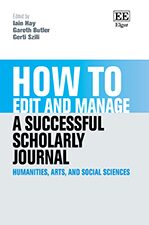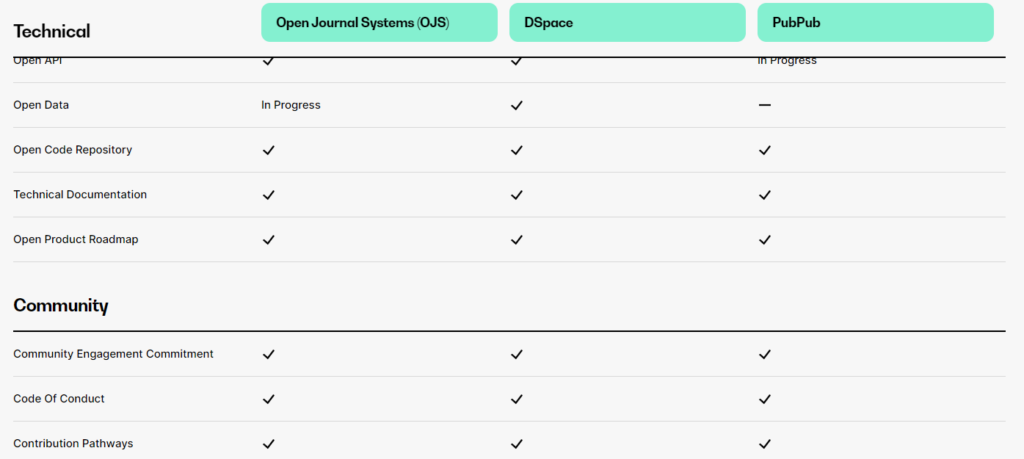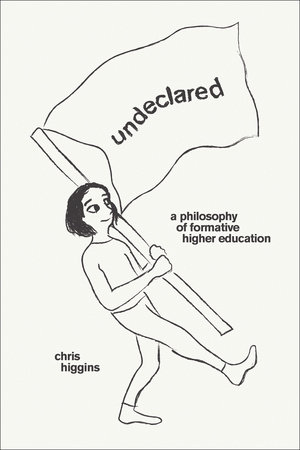
For the second year since the beginning of the initiative, JSTOR has produced its 2024 list of open titles. While some of these titles are still yet to be made available fully Open Access, JSTOR’s Path to Open initiative promises to deliver 300 titles being published annually over the course of the pilot from 2024-2026. Unfortunately, while access has been expanded, there is a de facto embargo on these titles, as the thousand-odd titles that are too be released each year would only be accessible for participating institutions in the Path to Open platform – and the full release of the titles would not take place until three years after the release to the subscribing university presses or libraries. The good news, however, is that Boston College is indeed a participating institution, so Boston College affiliated students and faculty will have the opportunity to access JSTOR’s Path to Open collections as soon they are made available.
Despite the “embargo,” this initiative will continue to push the conversation in the direction of full open access – as subscription based platforms like JSTOR continue adapt models that allow for more openness. Additionally, these titles are not selected at random, rather, JSTOR’s Path to Open is clearly prioritizing diverse voices that can have the largest impact on the discourse:
“The collection features peer-reviewed monographs in disciplines across the humanities and social sciences, with an emphasis on works that bring forward diverse perspectives and ideas.
To help in identifying titles that would be most impactful for libraries and scholars, titles were selected that were associated to disciplines with the highest overall usage and were associated to the highest used search terms on JSTOR.”
JSTOR has provided title lists of resources that are currently available to members via the 2023 title list – and also have provided links to some of what is, or will be, released in 2024.








